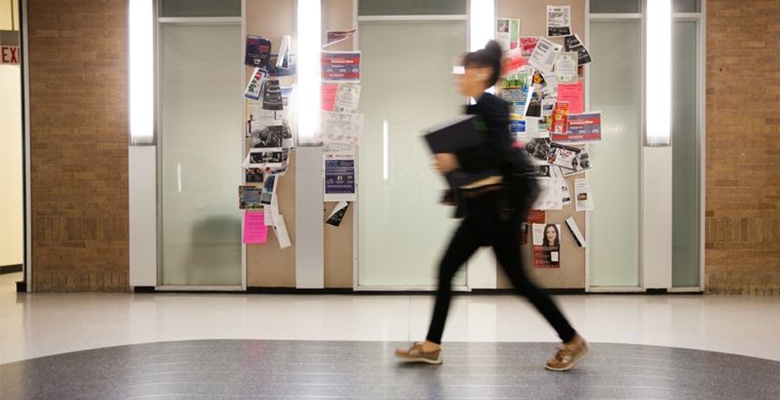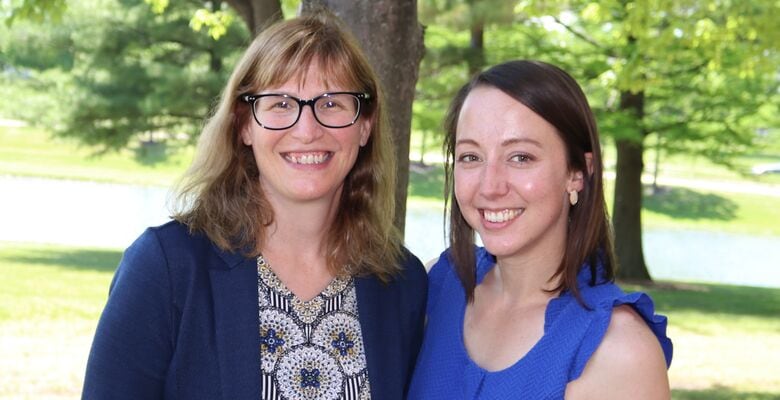OneGoal Director of Program Learning gives a rare behind-the-scenes look at her research process. Our most recent study looks at what root causes prevent students from completing their degrees. Daranee explains the intention behind the study, the challenges of conducting qualitative research with OneGoal alums, and how the research process and subsequent findings are informing program innovations.
When We Say We Meet Our Partners Where They Are, We Mean It
By Meital Caplan
May 25, 2022
To make a significant impact in closing the degree divide, we need to be flexible partners to help more districts meet their postsecondary readiness goals. Our OneGoal Leadership Network team is experimenting with different implementation structures of our flagship classroom model in partnership with districts, allowing us to reach more students and adapt to schools’ various contexts.
The OneGoal Program has proven life-changing results for students. Most recently, a 2022 study conducted by the UChicago Inclusive Economy Lab found OneGoal Fellows are 40% more likely to earn their postsecondary degrees than their peers. Still, scheduling, capacity, and other factors affect widespread adoption. That’s why it’s critical that we explore how we work to effectively meet district needs and provide high-quality curriculum and advising to students. Curious what this looks like in action? We’re highlighting different approaches the OneGoal Leadership Network is taking in three different districts to serve students in the upcoming school year.
Proviso Township HSD 209 and the Flagship Classroom Model
This model is best for schools with:
- ISBE’s College and Career Seminar already in their schedule
- Flexible master schedules, staff course assignment preferences, and student course requests
- Interest in growing postsecondary support for students beyond the counseling office
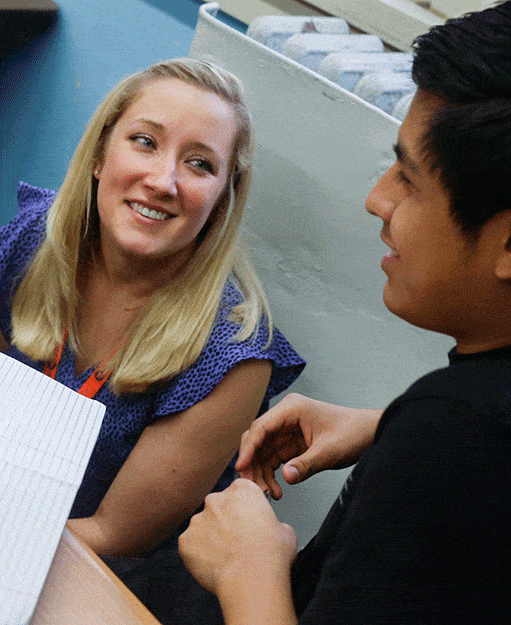
The OneGoal Program is the model we have honed for 15 years and is operating in hundreds of schools across the country. In this approach, students are placed in a cohort of approximately 25-30 Fellows and take a daily OneGoal class their junior and senior year of high school. Throughout those two years, students explore their identities and aspirations, learn about career pathways, and are guided through every step of the enrollment process, whether to a college, technical school, or other postsecondary program. Each cohort is guided by a teacher in the school (Program Director) for both years. This helps them build a strong relationship where students can receive support through the lows and highs of planning a postsecondary journey. OneGoal and Program Directors ensure a successful transition from high school to postsecondary by supporting students through remote coaching during students’ third and final year in the program, whether they are enrolled in a postsecondary program or are still exploring their paths.
Proviso Township HSD 209 chose the flagship classroom model because they want to improve the equity of access to postsecondary planning and support across their three high schools: Proviso East, Proviso West, and Proviso Math and Science Academy. The combination of ingraining postsecondary planning into the school day for all students and the long-term professional development opportunity for teachers are the primary reasons why they opted into the flagship classroom model. Through this approach, Proviso hopes to build an entire network of educators students can turn to for guidance on their postsecondary exploration.
Joliet Twp HSD 204 and the Advisory Pilot
This model is best for schools with:
- Regular advisory/ study hall periods built into the schedule
- Interest in strengthening advisory curriculum
- Intention to reach a higher percentage of the student population
- Interest in growing postsecondary support for students beyond the counseling office
We often hear that scheduling limitations can be a roadblock to implementing the flagship classroom model. Taking this feedback, we’ve developed the advisory model, which we’re piloting for the second year. It mirrors key aspects of the flagship model in that it provides dedicated class time towards supporting postsecondary readiness, but has condensed lesson expectations to account for shorter class periods and classes that don’t always meet every day. Students are still led by a Program Director and continue to have access to the data and tools that allow the flagship classroom model to succeed.
Being limited in both staff capacity and time in their master schedule, Joliet Twp HSD 204 saw an opportunity to strengthen their advisory curriculum by integrating our advisory pilot into the existing 11th and 12th grader advisory period for the upcoming school year. Five teachers have volunteered their advisory periods for this pilot and will be trained as Program Directors. The added long-term benefit is that these teachers will already be familiar with OneGoal’s curriculum for a potential future adoption of the flagship classroom model.
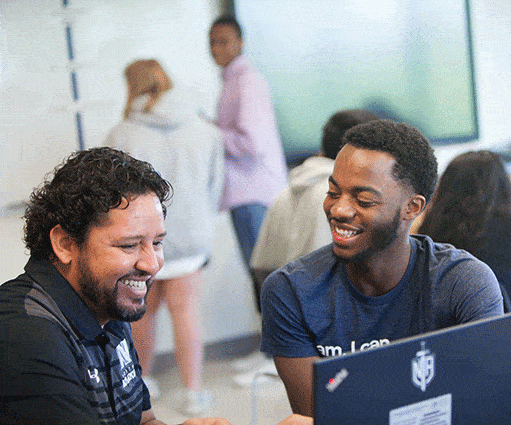
Rochester CUSD 3A and the Push-In Pilot
This model is best for schools with:
- Class schedules without advisory periods
- Experience with counselor/teacher collaborative lessons
- Interest in growing postsecondary support for students beyond the counseling office
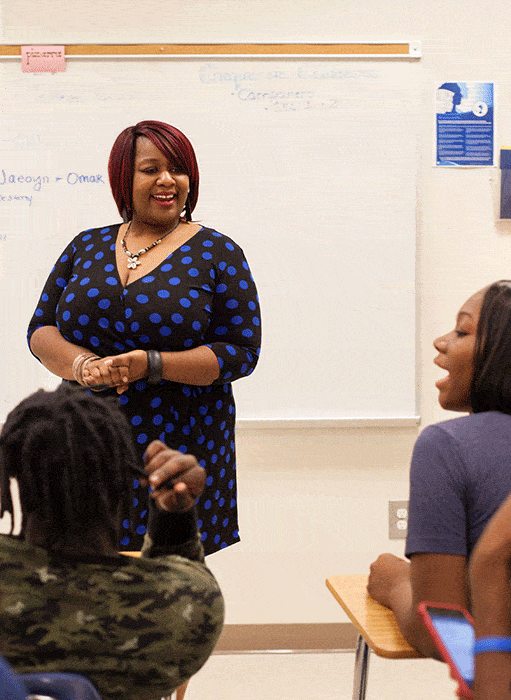
More districts and schools are realizing the power of intentional class time dedicated towards postsecondary readiness planning, but aren’t currently able to dedicate a full period a day. In response, OneGoal is launching a push-in pilot model as a first step to integrating postsecondary support into the school day and investing their school community in college and career planning as they work towards implementing more robust classroom models. For fall 2022, rather than starting with juniors, this pilot will start with sophomores – taking advantage of the longer runway those students have to explore life beyond high school. Through this approach, our curriculum will not be delivered through a regular class dedicated to postsecondary planning, but is instead, it will be integrated into a regularly scheduled class, such as Economics or English. Teachers and school/district leaders involved in this implementation will receive training and ongoing coaching in postsecondary planning. On select days throughout the year, a key lesson from OneGoal’s curriculum, such as setting academic goals or exploring career paths, will be the focus of the class. In the weeks between these days, students will work one-on-one with teachers to process the lessons and take action towards their college and career goals.
Like many districts, Rochester CUSD 3A neither had time in their master schedule nor an existing advisory period. OneGoal’s push-in pilot provided a flexible solution. They were able to integrate a postsecondary curriculum into an existing schedule and introduce postsecondary planning to students in 10th grade to help build critical knowledge before they are in the midst of postsecondary research and applications. Additionally, this approach’s flexibility will allow Rochester to take a collaborative, co-teaching approach within the district. School counselors and the district’s leadership team will lead the key lessons throughout the year, while teachers focus on providing one-on-one advising to students year-round.
OneGoal’s approach to pilots like advisory and push-in is to intentionally launch them with a small number of partners in order to learn how they work for district and school leaders as well as teachers and students. Learnings inform if, when and how OneGoal will make these models more widely available.
Want to get more details about these flexible classroom model options? Contact us.
Related Stories
OneGoal’s Chief Impact Officer Patty Diaz-Andrade talks about the work she does, why a postsecondary degree matters and more about the organization’s OneGoal Leadership Network.
District leaders reflect on the challenges they worked to address as they built a districtwide vision to ensure all their graduates were prepared and supported to achieve postsecondary success.
